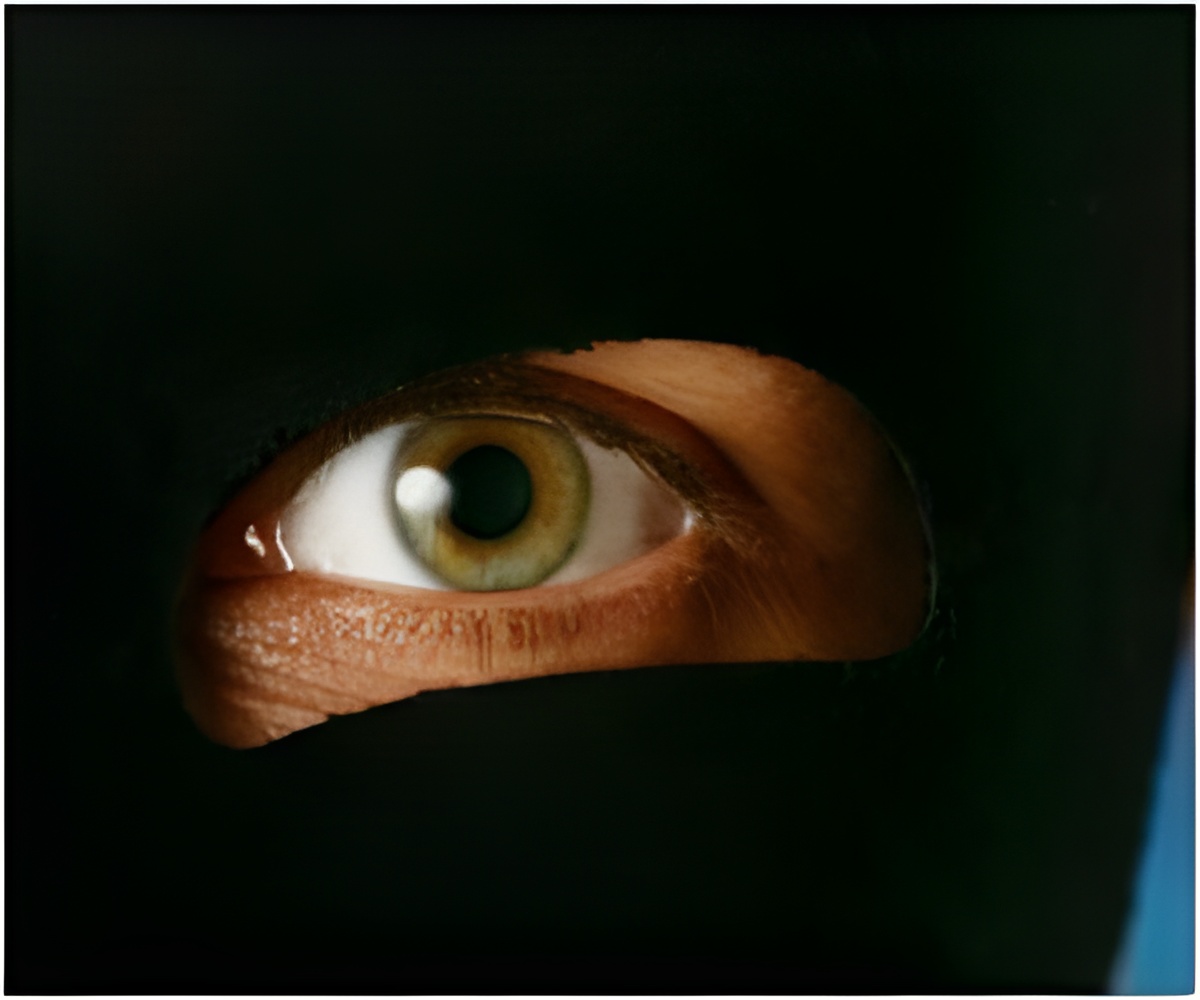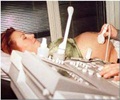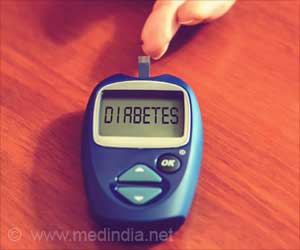A new study reports that eye screenings of people with diabetes in underserved communities revealed that one in five had early stage diabetic retinopathy.

Diabetic retinopathy is the most common diabetic eye disease and a leading cause of blindness in American adults. People with both type 1 and type 2 diabetes are at risk, and the National Eye Institute estimates that between 40 and 45 percent of Americans with diabetes have some stage of diabetic retinopathy.
The study, funded by the Centers for Disease Control and Prevention, screened 1,894 people at four urban clinic or pharmacy settings in the United States that served predominantly ethnic/racial minority and uninsured people with diabetes. Twenty-one percent had diabetic retinopathy in at least one eye. The vast majority of those cases, 94 percent, had early stage diabetic retinopathy, which does not cause vision impairment itself; but it is a warning sign that serious retinal problems may be starting. Forty-four percent had other vision issues; 30 percent of those were cataract.
"Among ethnic/racial minorities with diabetes, the rate of annual eye care is low, somewhere between one-third and one-half," said Cynthia Owsley, Ph.D., professor in the UAB Department of Ophthalmology and lead author of the study. "This study indicates that, if we can reach this population at local clinical facilities with an inexpensive screening process, we can diagnose diabetic retinopathy early when there is time to prevent or slow vision loss."
Owsley says early diagnosis of diabetic retinopathy allows for disease progression to be monitored more effectively. Glycemic control - controlling blood sugar at appropriate levels - is a key element in slowing the onset and progression of the disease. Previous research has shown that screening is effective at lowering the rate of people with sight-threatening diabetic retinopathy at subsequent screenings.
The screening method was relatively simple, using a nonmydriatic camera to take three images of the eye. A nonmydriatic camera does not require dilation of the eye. The images were sent to a single facility for reading, with results then delivered back to the study locations. For the patient, the process is not time-consuming and is noninvasive. The camera''s operation is not complicated, and operators do not require advanced training.
Advertisement
The clinical screening locations were in Miami, run by co-investigators from the University of Miami; Winston-Salem, N.C., with co-investigators from Wake Forest University and Johns Hopkins University; and UAB. The pharmacy location was in Philadelphia, with co-investigators from Wills Eye Hospital, who also read the images from the other sites.
Advertisement
"We know that there are barriers to regular vision care for minorities, and we also know that eye diseases such as diabetic retinopathy, glaucoma and cataract are prevalent in minority populations," Owsley said. "This study indicates that screenings can detect a significant number of eye conditions at an early stage. A telemedicine approach can be a cost-effective method of reaching people who might otherwise go on to develop severe, potentially blinding disease."
About UAB
Known for its innovative and interdisciplinary approach to education at both the graduate and undergraduate levels, the University of Alabama at Birmingham is the state of Alabama''s largest employer and an internationally renowned research university and academic health center; its professional schools and specialty patient-care programs are consistently ranked among the nation''s top 50. Find more information at www.uab.edu and www.uabmedicine.org.
EDITOR''S NOTE: The University of Alabama at Birmingham is a separate, independent institution from the University of Alabama, which is located in Tuscaloosa. Please use University of Alabama at Birmingham on first reference and UAB on subsequent references.
Source-Newswise














